Sino-German BioEnergy Annual Conference 2024
Green Gas · Green Economy · Green Development23-25 October 2024 · Fuyang, Anhui Province
Chinese President Xi Jinping has announced further commitments to cut carbon emissions in a speech at the Climate Ambition Summit last year.
The commitments include a decline of carbon dioxide emissions per unit of GDP by over 65 percent from the 2005 level, an increase of the share of non-fossil fuels in primary energy as well the forest stock volume and the goal to bring the installed capacity of wind and solar power to over 1.2 billion kilowatts.
AMBITIOUS LONG-TERM TARGETS
In September 2020, China for the first time announced a concrete long-term target of peaking carbon emissions before 2030 and reaching carbon neutrality in 2060 at the UN General Assembly, which is regarded as a major fillip for the global fight against warming climate.
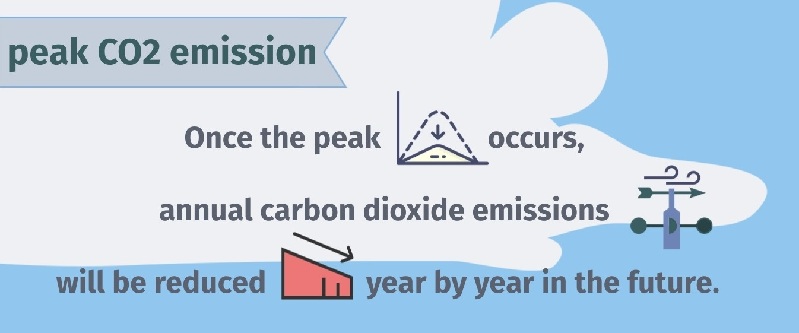
Emissions peak would signal a significant turning point. Once the peak occurs, annual carbon dioxide emissions will be reduced year by year in the future.
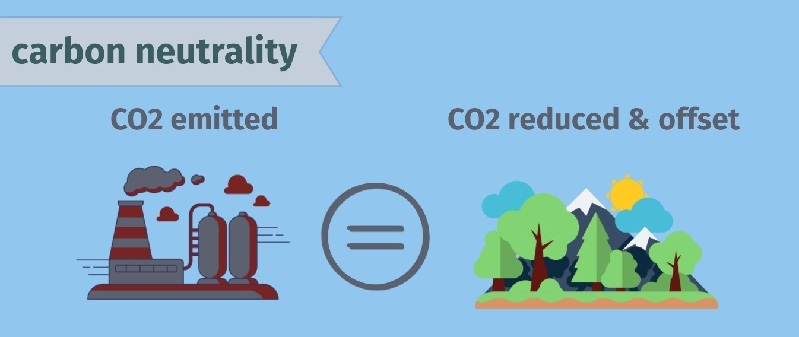
Carbon neutrality refers to a balance between emitting carbon and absorbing carbon to achieve net zero carbon dioxide emissions. The Paris Agreement requires a global joint effort to go carbon neutral sometime in the second half of the 21st century, so as to prevent over 1.5 degrees Celsius of warming.
CONCRETE SHORT-TERM GOALS
China is now breaking the giant target into stronger near-term steps by unveiling four new concrete commitments by 2030.
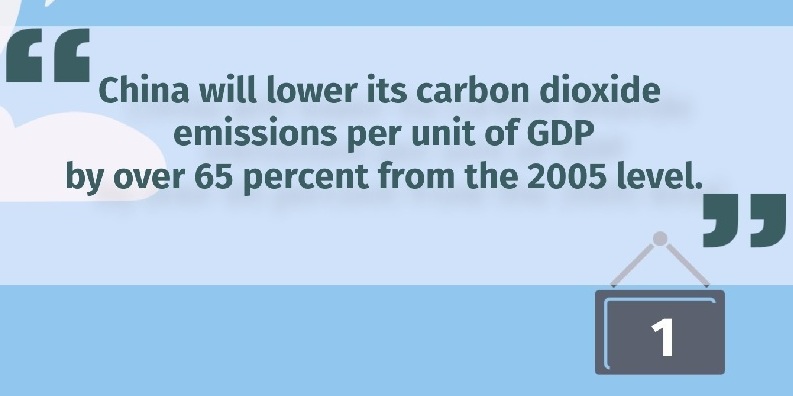
There is always a close relationship between economy and environment. A higher production level could always lead to increasing demand for fossil fuels and therefore more carbon dioxide emissions. However, economy and energy transitions can break the positive correlation, and trigger the decoupling of economic growth from carbon emissions, namely a constant decline of the ratio of carbon dioxide emissions to GDP. For example, when an economy relying on manufacturing develops into a service-based one, it would consume less energy then produce less greenhouse gases with a higher-value economy growing.
By 2018, China had slashed carbon intensity by 45.8 percent from its 2005 level, meeting the target of a 40- to 45-percent decrease by 2020 ahead of schedule.
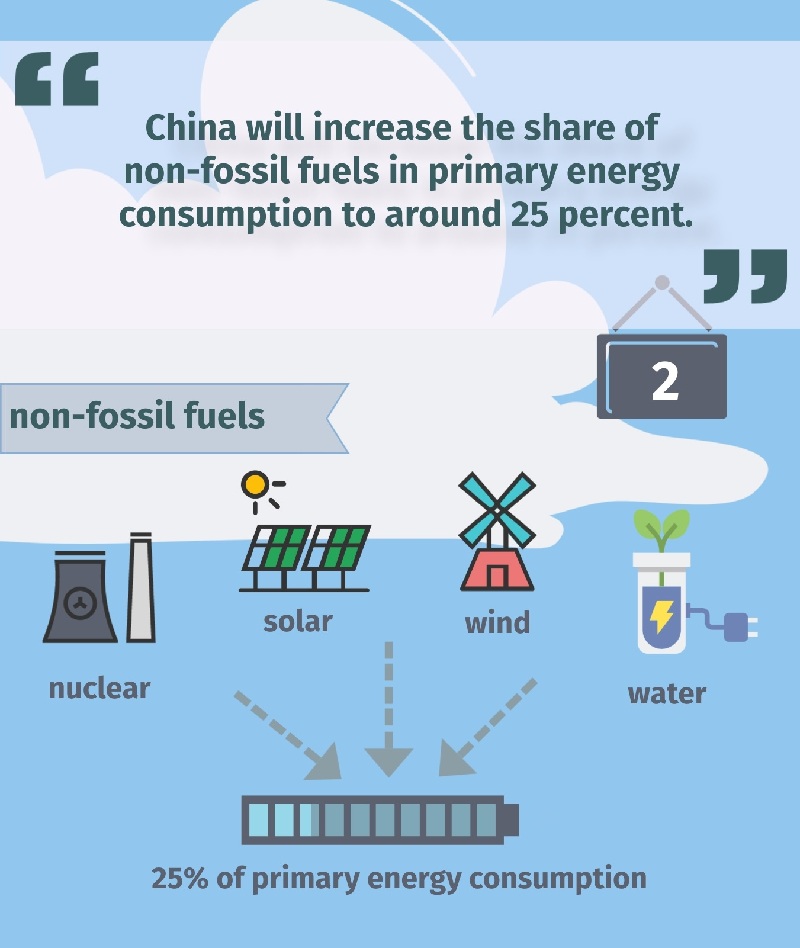
Besides changes in economic structure, transition to more renewable energy consumption for electricity generation and other uses can also help mitigate environmental degradation. Non-fossil sources include nuclear, hydroelectric, and other renewable energy including geothermal, solar, tidal, wind, wood and so on. The share of non-fossil energy consumption in China for 2019 rose to 15.3 percent while coal still took up the biggest share with 58 percent.
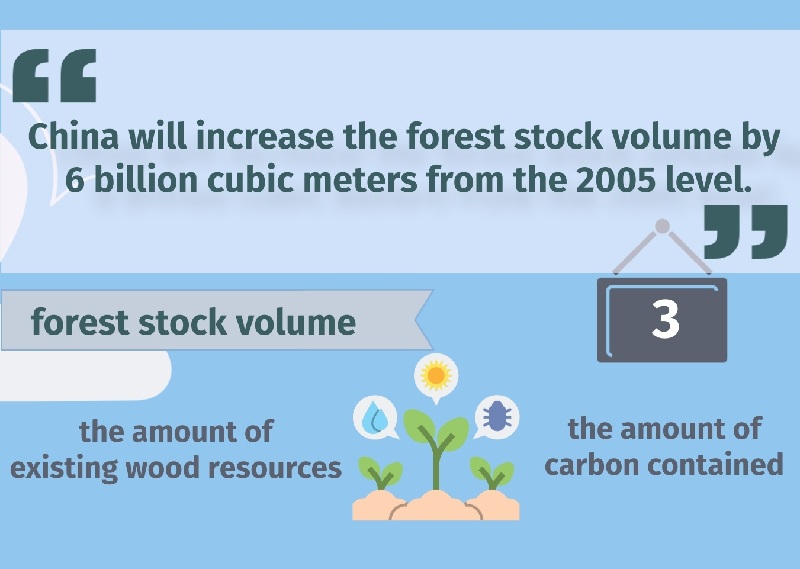
Forest stock not only provides information on existing wood resources but also a basis for estimating the amount of carbon contained, since green plants can offer nature-based solutions in the climate plan of removing carbon dioxide from our atmosphere.
According to the information revealed at the latest news conference of the National Forestry and Grassland Administration, China is expected to see an increase in forest stock volume to 19 billion cubic meters in the next five years. China's current forest carbon stock has increased by more than 200 million tons per year on average, equivalent to about 700 million to 800 million tons of carbon dioxide removed from the atmosphere.
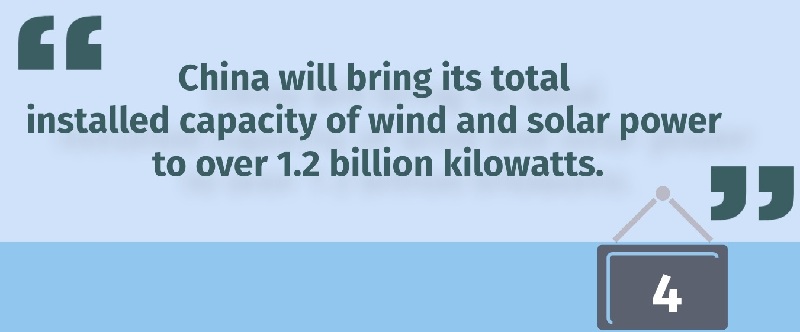
In step with China's economic development, the country's installed electricity generating capacity has been the highest in the world for seven years. Power plants fueled by wind, solar, natural gas and nuclear energy have gradually taken up more and more capacity share, which shows China's path of transiting into a low-carbon economy. Up from 415 gigawatts (0.415 billion kilowatts) at the end of 2019, China pledges to bring its total installed capacity of wind and solar power to over 1.2 billion kilowatts. A number equivalent to the entire existing power generation capacity of the United States at present.
As the strong commitments put China closely in line with the efforts made by the EU, UK and other developed countries and regions, it should never be ignored that, China is still in the process of developing its economy with heavy reliance on coal as a dominant energy source. Taking such bold moves toward a net-zero carbon life in the near future is still a gargantuan task for China.
Despite all the difficulties, China has made and will continue to make important contributions to implementing the Paris Agreement. As a country that honors its commitments, China will "take solid steps to implement the targets just announced, " and "launch a new journey for global climate actions, " as Chinese President Xi Jinping said at the Climate Ambition Summit.
Following China's commitment, the international response to climate change has accelerated across the board. In April, China, France and Germany have reached consensuses during a video summit for cooperating and coping with climate change. China and the United States also have issued a joint statement addressing the climate crisis, demonstrating China's part in helping to lead in green and low-carbon development internationally via practical actions.